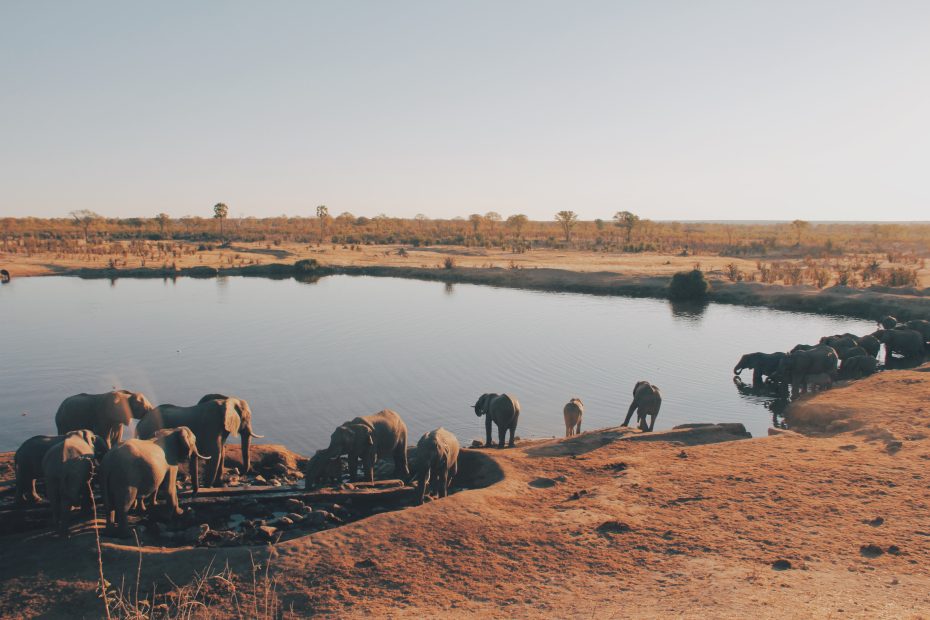Table of Contents
Introduction
Zimbabwe is a country with a vibrant and diverse cultural heritage shaped by various ethnic groups over centuries. From traditional Shona and Ndebele practices to colonial influences, Zimbabwe has a unique blend of traditions, art, music, food and more just waiting to be explored on a cultural safari.
Major Cultural Groups
The two major ethnic groups in Zimbabwe are the Shona and the Ndebele. The Shona make up about 80% of the population and have many subgroups and dialects. The Ndebele are the second largest group. There are also smaller ethnic minorities like the Tonga, Venda, Nambya and others. Despite differences, these groups coexist relatively peacefully.
Traditional Food
Food is a delightful part of Zimbabwean culture. A staple is sadza, a thick porridge made from maize meal. Another traditional dish is isitshwala, made from sorghum or maize. Unique foods include mopani worms, edible caterpillars considered a delicacy, and chakalaka, a spicy relish made with veggies. These dishes give a tasty sampling of authentic Zimbabwean cuisine.
Music and Dance
Music is integral to Zimbabwean culture. The traditional mbira instrument, a handheld metal keyboard, is played by the Shona people during gatherings and ceremonies. The lively jerusarema dance is performed at events like weddings and involves synchronized foot stamping. More modern chimurenga music blends traditional and contemporary styles into protest songs.
Art and Crafts
Zimbabwe has a strong tradition of arts and crafts. The stone sculpture of Zimbabwe is world renowned, using materials like soapstone, serpentine and verdite. Intricate wood carvings are also popular. Basket weaving and pottery using clay from the riverbanks demonstrate excellent artistry. These handcrafted items make wonderful cultural souvenirs.
Architecture
Architectural highlights showcase both historic and modern Zimbabwean design. The monumental Great Zimbabwe ruins date back many centuries and showcase advanced ancient masonry skills. In modern cities, contemporary buildings creatively fuse old and new architectural styles in spaces like Eastgate Centre.
Language
Shona and Ndebele are the main indigenous languages, while English is also an official language along with others. Listening to these languages spoken helps illustrate the linguistic diversity. Signs and names containing local words provide cultural insight.
Traditional Ceremonies
Zimbabwe has lively ceremonies celebrating history and culture. The First Fruit Festival honors the seasonal harvest. Rainmaking ceremonies are spiritual traditions praying for rainfall through dance and sacrifice. Witnessing these vibrant rituals offers an authentic local experience.
Religion
Many Zimbabweans practice Christianity today, blended with enduring elements of African traditional religions. Indigenous spiritual practices involve beliefs in ancestral spirits, sacred places and divine kings. Learning about these traditional beliefs enriches understanding of the culture.
Conclusion
Zimbabwe truly offers an incredible cultural safari. From food to music, crafts to ceremonies, the country has a rich heritage shaped by its diverse peoples. Visiting Zimbabwe provides the chance to experience fascinating traditions, appreciate distinctive artistic expressions and explore ancient roots in a modern era. Preserving these treasured cultures maintains Zimbabwe’s identity in a globalized world.
FAQs:
Q: What are the major cultural groups in Zimbabwe?
A: The two largest cultural groups are the Shona who make up around 80% of the population and the Ndebele who are the second biggest group. There are also smaller minorities like the Tonga, Venda, Nambya and others.
Q: What are some typical foods in Zimbabwean cuisine?
A: Popular Zimbabwean foods include the maize porridge dish called sadza, sorghum porridge called isitshwala, chakalaka which is a spicy relish, and mopani worms which are edible caterpillars considered a delicacy.
Q: What types of traditional music and dance are found in Zimbabwe?
A: Key music genres include the Shona mbira music played on a metal keyboard instrument, chimurenga which blends modern and traditional styles, and jerusarema dance featuring synchronized foot stamping.
Q: What are some notable examples of Zimbabwean architecture?
A: Great Zimbabwe’s ancient stone ruins showcase historic masonry skills, while modern buildings in cities creatively fuse old and new architectural elements.
Q: What languages are spoken in Zimbabwe?
A: The main Zimbabwean languages are Shona and Ndebele. English is also an official language along with minority local languages.
